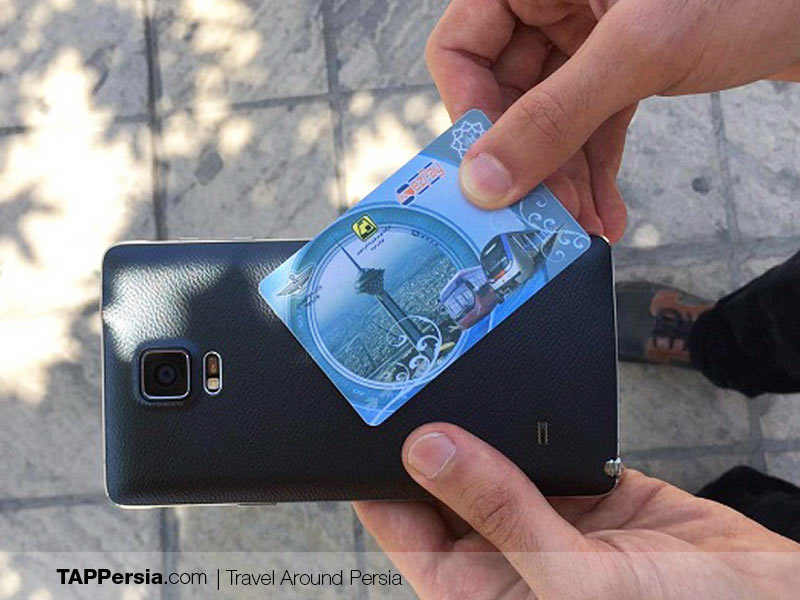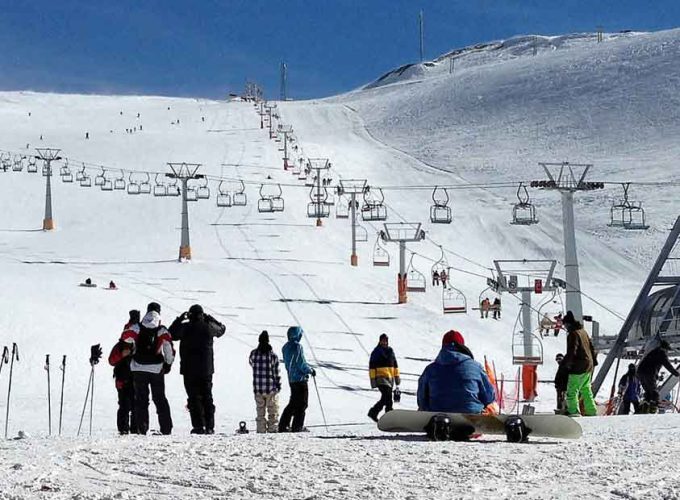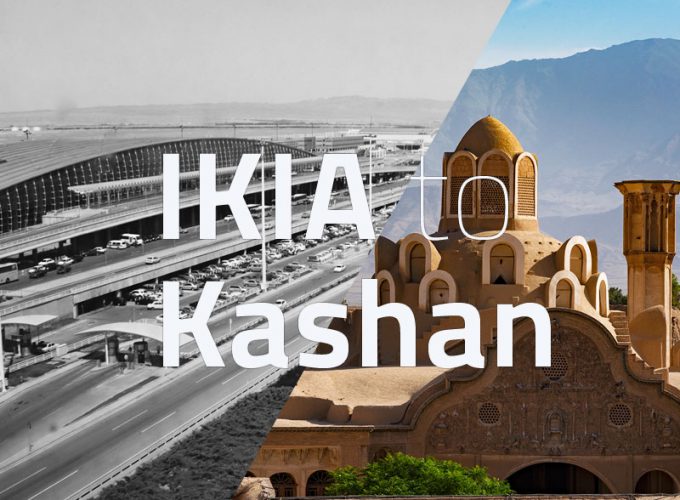The fare for each public transportation system can be received in different ways, cash, paper or card. As there are lots of passengers in a large city like Tehran and other metropolises, it’s not possible to exchange lots of cash for using the metro facilities. So they decided to issue ticket cards which you can buy and charge them via the counters on streets or metro spaces and also TVM devices (Ticket Vending Machine) installed in different areas of the city.
The ITS (Intelligent Transportation System) is a system which utilizes the information for optimizing the function of the transportation system. It can help its efficiency and coordination. In other words, the cooperation between telecommunication, communication, electronic, and computer sciences has formed the concept of ITS.
Types of tickets in Tehran metro train are:
- Smart cards
- Paper tickets with QR codes
The Cost of Metro Tickets in Tehran
Smart cards are used at both entrance and exit gates. So based on the distance a passenger travels, the fare of passengers will be decreased from the ticket card. The basic trip fare will be reduced as the passenger enters and the rest of the fare will be discharged while exiting. At the moment, the expense for one way ticket of metro in Tehran and the suburb is 1200 toman (12000 rials). The one-way ticket toward Imam Khomeini Airport is 9000 toman (90000 rials).
If the passengers don’t put the card in controlling devices when they exit, the fare will be counted as the most expensive ticket and will be reduced automatically. This is equal to the longest time they can use the metro in Tehran, which is about 120 minutes after entrance. To be more exact, the longest trip is about 70 km after passing 32 Tehran metro stations, which takes 120 minutes. Although the passengers don’t have any restrictions for the time they spend in metro spaces. As some metro staff may check the ticket card during the trip, keep it close.
Tehran Metro Lines and Stations
Here’s the Tehran metro map with all the stations. It’s Tehran metro plan to be extended more to the east in the future and will connect to Damavand and Pardis.
Lines 1, 2, 3, 4, and 7 work between 5:30 and 22:30. The second phase of line 1 which goes to Imam Khomeini Aiport works between 6:10-20:05. Line 5 is active from 5:00 to 22:30 and for line 4 (Mehr Abad Airport Line) it’s 5:37-22:22.
In case, you have any question about transportation in Iran, feel free to contact us.
 List of Non-permissible Objects in Tehran Metro
List of Non-permissible Objects in Tehran Metro
Don’t carry these items inside the Tehran metro:
All the objects with more than 1-meter length like the curtain rod, carpet, cloth roll, and etc
Flammable materials like oil, petrol, gasoline, alcohol, and etc
Explosive materials like nitroglycerin, gas cylinder, and etc
Large wheelchairs such as bikes, tricycles, and etc
Sharp tools such as saws, axes, metal sheets, glass, chandeliers, and etc
Smelly and annoying materials
Any kind of weapons for hunting or military purposes
Live animals of any kind, domesticated or non-domesticated
Boxes of appliances, heavy furniture or equipment
Bulk solids or liquids such as oil, sugar, etc. that do not have proper packaging
How to Use Tehran Metro Properly
Notice map guides installed on the stations and inside trains.
Listen to audio messages you can hear in every station.
Smoking is banned in all metro spaces even in the platforms.
The entry of any animal in all metro spaces is prohibited.
You can buy or charge the ticket card through devices installed on walls, in case you have a tourist card.
Just watch your hands when the doors of the train are being closed.
In case of observing any suspicious behavior, theft and similar cases, immediately notify the station officer, the police or the subway officer.
Be careful about your children while waiting in the stations, using electric stairs and boarding a train.
While using the electric stairs, place your feet perfectly on one step and hold the black handrail.
In case you see anyone falls on electric stairs, just immediately push the STOP button installed on the black handrail at the beginning or end of the electric staircase. Next, inform the station’s officers.
If you feel dizzy and weak, stop continuing the journey and ask the station staff for help.
Elevators inside the stations are provided to be used by the elderly and disable people.
Pay attention to the safety signs and the instructions installed inside the lift. If there’s any problem, call phone numbers announced in the elevator.
Take a look at the timetables and train situation on the boards.
Don’t pass the yellow line on the platform edge until the train stops and doors are opened.
Avoid hurrying while boarding the train and never prevent the train doors to be closed.
For registering your exit station, hold the card over the exit gates or devices installed on the wall.
In case one of your personal equipment falls in the railroad, inform the agent of the platform or the station manager and don’t go inside the railroad.
In case, you have any question about transportation in Iran, feel free to contact us.














Comment (0)